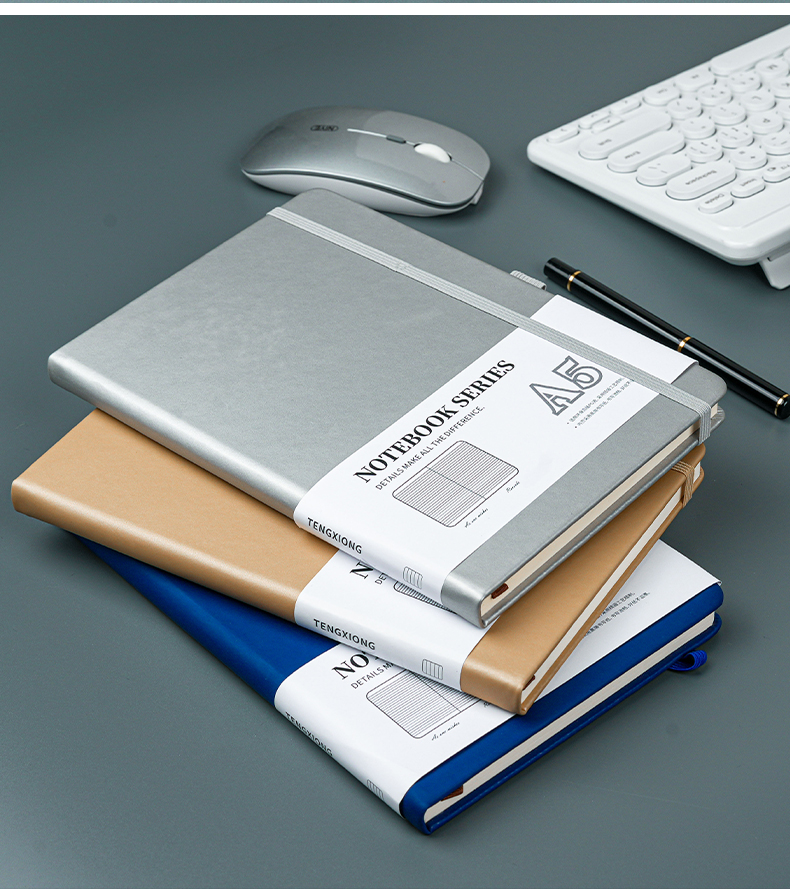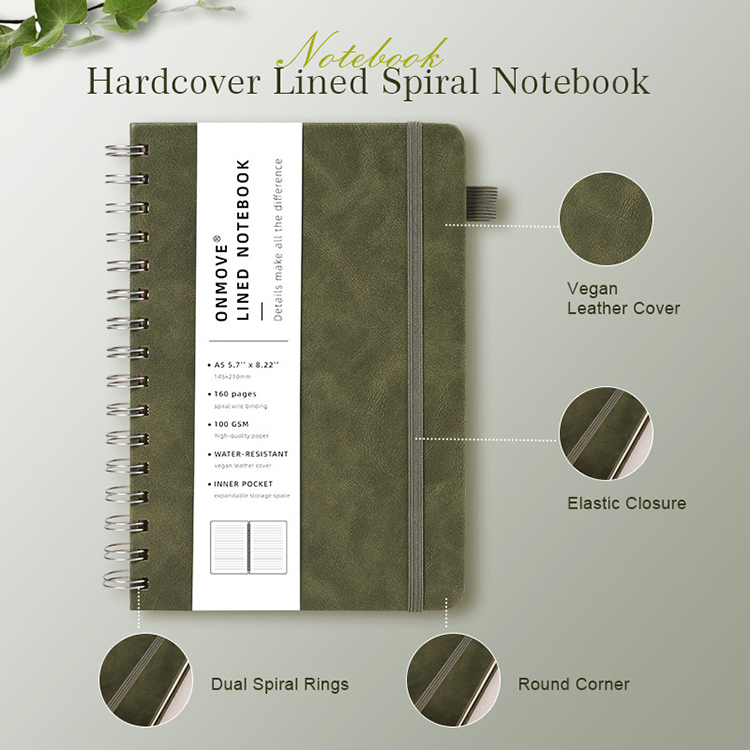Laboratory Notebook: A Complete Guide for Researchers and Students
Discover why a laboratory notebook is essential for researchers and students. Learn best practices, common mistakes to avoid, and whether to choose paper or electronic lab notebooks.
Why a Laboratory Notebook Matters
A laboratory notebook is more than just a place to jot down experiments. It serves as a permanent, verifiable record of research. Whether you are a student learning scientific methods or a professional researcher documenting groundbreaking work, a well-kept notebook ensures that your data is reliable, reproducible, and legally defensible. In fact, many institutions and industries consider it an essential part of good research practice.
Core Functions of a Laboratory Notebook
- Documentation of Experiments – Record hypotheses, methods, materials, and results.
- Intellectual Property Protection – A properly signed and dated notebook can support patent claims.
- Collaboration and Continuity – Future team members can understand ongoing work without guesswork.
- Personal Learning Tool – Helps students develop critical thinking and scientific rigor.

Best Practices for Maintaining a Laboratory Notebook
1. Record in Real Time
Write down observations immediately during experiments. Delays may cause inaccuracies.
2. Ensure Clarity and Completeness
Every entry should answer: What was done? How was it done? What were the results? Avoid vague notes or shorthand that only you can understand.
3. Use Permanent and Organized Formatting
- Always write in permanent ink.
- Number pages sequentially.
- Use dated entries for clear timelines.
4. Keep Data Traceable
Attach printed graphs, tables, or images, and label them carefully. Reference all external datasets or software versions.
5. Authenticate and Secure
- Sign and date every page.
- For collaborative projects, have a supervisor or colleague review and co-sign.
- Store notebooks safely, whether physical or electronic.
Paper vs. Electronic Laboratory Notebooks
|
Feature |
Paper Laboratory Notebook |
Electronic Laboratory Notebook (ELN) |
|
Accessibility |
Simple, no device needed |
Accessible across devices, cloud-based |
|
Security |
Vulnerable to damage/loss |
Can include encryption & backups |
|
Collaboration |
Limited to physical access |
Enables real-time multi-user access |
|
Searchability |
Manual index |
Instant keyword search |
Both formats have advantages. Many labs now adopt hybrid approaches to balance tradition with digital efficiency.
Common Mistakes to Avoid
- Leaving blank pages or spaces (may raise integrity concerns).
- Using correction fluid (cross out mistakes instead).
- Writing only results but not procedures.
- Forgetting to sign or date entries.
Conclusion
A laboratory notebook is not just a formality—it is the backbone of reliable science. By maintaining accurate, organized, and secure records, researchers protect their work, strengthen collaboration, and contribute to the credibility of the scientific community.
Whether you choose traditional bound notebooks or modern ELNs, the goal remains the same: to create a clear, trustworthy record of discovery.
We're Here to Help
Have a question or need a quote? Fill out the form below and our team will get back to you promptly!
Tel:
+86 15258636961
Email:
1178948437@qq.com
Social Media:
YouTube:https://www.youtube.com/@Onmove-e8w
Tik Tok:https://www.tiktok.com/@onmove_notebook
Twitter:https://x.com/Onmove_notebook
Pinterest:https://ca.pinterest.com/onmove345/























